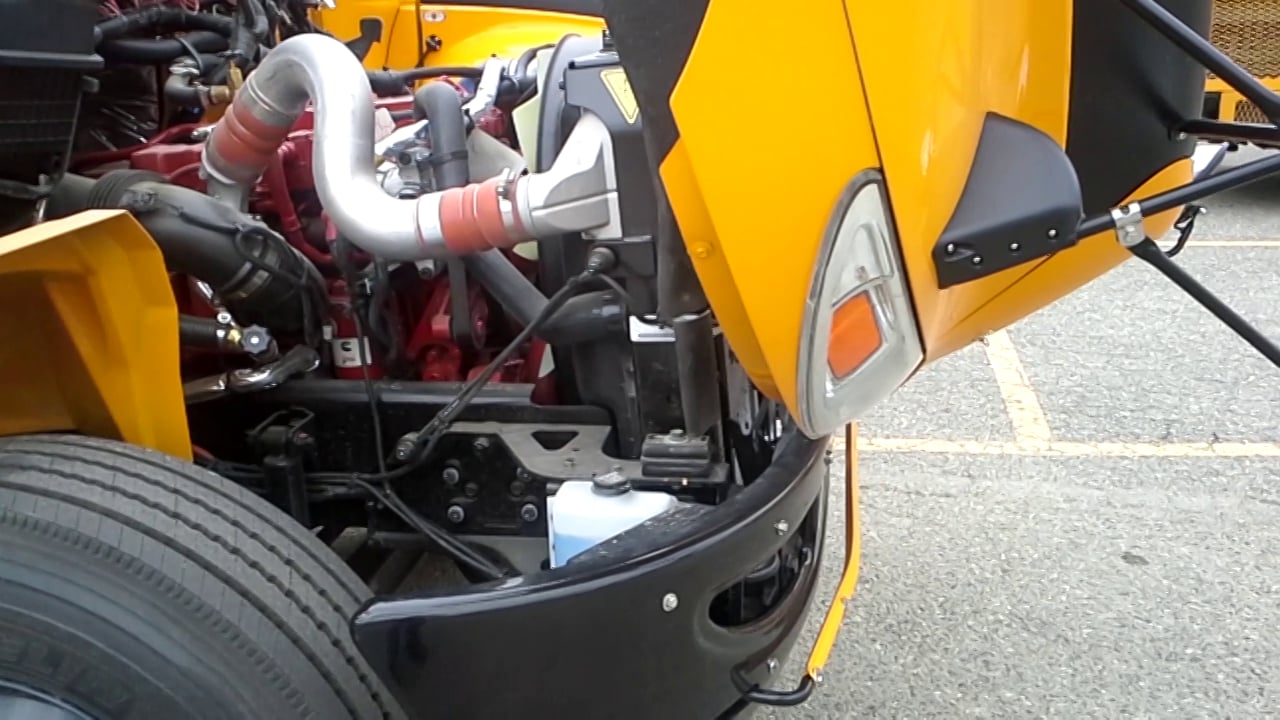We purchased 9 brand new International school buses this month. Shiny new paint jobs and that new bus smell can not be beat. They came with an ISB Cummins diesel engine. Since Cummins uses the SCR (selective catalyst reduction) we have to monitor the DEF (diesel exhaust fluid). This fluid is part of the emission reduction process that Cummins designed that works very well to meet EPA guidelines.
The DEF is injected into the catalyst where it creates a chemical reaction to reduce NOx in the exhaust system. This has been ongoing since 2010 and Cummins has done such a great job in developing this system International IC school buses have adopted the ISB as their stand alone engine. This is a testament to Cummins and it’s research and development.
This year all International medium duty diesel engines can not be used in school buses because of the lack of emission reduction. In previous years IC has been buying credits from the EPA to push their MaxxForce 7 and DT engines into the transportation industry by way of a bigger EGR to control emissions.
It was inevitable that this design would run out of life trying to keep up to the never ending demands for less harmful particulates out of the exhaust pipe. The ISB I’m checking out in the video has 250 HP with an Allison 2500 series transmission. ABS is standard with all school buses now and International has a traction control system to prevent tires from spinning in the winter time.
When we first got these models drivers did not turn on the traction control and they would spin out but once energized they worked great to keep the chassis on the road. This ABS system is similar to car ABS but uses air instead of hydraulics to control wheel speed.
One thing I wish to have back as an option with these buses is a fan clutch assembly instead of the viscous type which is the only engine fan available. The disadvantage of the viscous model is that it is always turning at different speeds. It senses heat through the rad core and creates more RPMs when the engine temperature rises.
Sometimes in the dead of winter the bus takes too long to heat up because of this even with a winter front. The clutch engine fan made by Horton turns freely until the engine temperature gets up to whatever it’s set at….usually 195-200 degrees.
That was just some opinions and observations that I wanted to share with you on the new addition to our bus fleet. If you have any opinions or questions please comment. Thank you for reading this post there will be more coming soon. Sign up for the mechanicshub.com site and join me and the other members sharing experiences and helping each other out answering questions.







